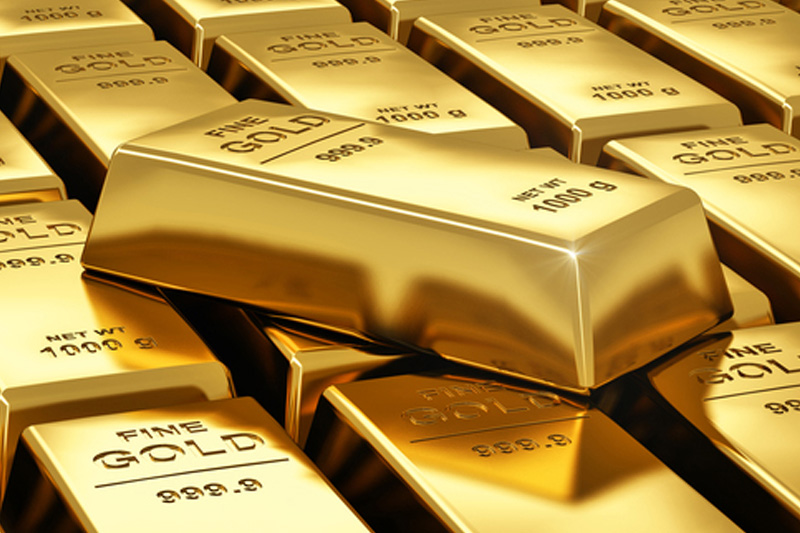By Barani Krishnan
Investing.com - Gold flirted with a return to $1,750 an ounce on Tuesday as U.S. Treasury yields and the dollar retreated from recent highs.
Benchmark gold futures on New York’s Comex settled up $14.20, or 0.8%, at $1,743 an ounce, after a session high at $1,746.55.
The last time Comex futures came that close to testing the $1,750 level was on March 22, when it got to $1,747. That made Tuesday’s peak the highest in two weeks.
The spot price of gold was up $15.57, or 0.9%, at $1,743.73 late afternoon in New York. Moves in spot gold are integral to fund managers, who sometimes rely more on it than futures for direction.
The $1,750 test is critical for gold in its bid to return to the $1,800 berth it left on Feb. 25th.
“Gold is starting to look good again as Treasury yields continue to struggle despite growing optimism for the global economic recovery,” said Ed Moya, markets’ analyst at online brokerage OANDA.
“The bottom is clearly in place for gold, but a strong V-shaped move higher is unlikely as Treasury yields will grind higher.”
Gold had one of its best runs ever in mid 2020 when it rose from March lows of under $1,500 to reach a record high of nearly $2,100 by August, responding to inflationary concerns sparked by the first U.S. fiscal relief of $3 trillion approved for the coronavirus pandemic.
Breakthroughs in vaccine development since November, along with optimism for economic recovery, however, forced gold to close 2020 trading at just below $1,900.
Since the start of this year, the rut in the yellow metal has worsened despite the Biden administration issuing another Covid-19 relief of $1.9 trillion. The White House also unveiled last month a separate infrastructure spending plan for some $2 trillion.
In spite of the dollar debasement expected from all these relief measures, the greenback has rallied so far at the expense of gold, which strayed near bear market territory at least twice this month when it lost 20% from its August record highs.
Both the dollar and bond yields have surged this year on the argument that U.S. economic recovery from the pandemic could exceed expectations, leading to fears of spiraling inflation as the Federal Reserve insists on keeping interest rates at near zero.
